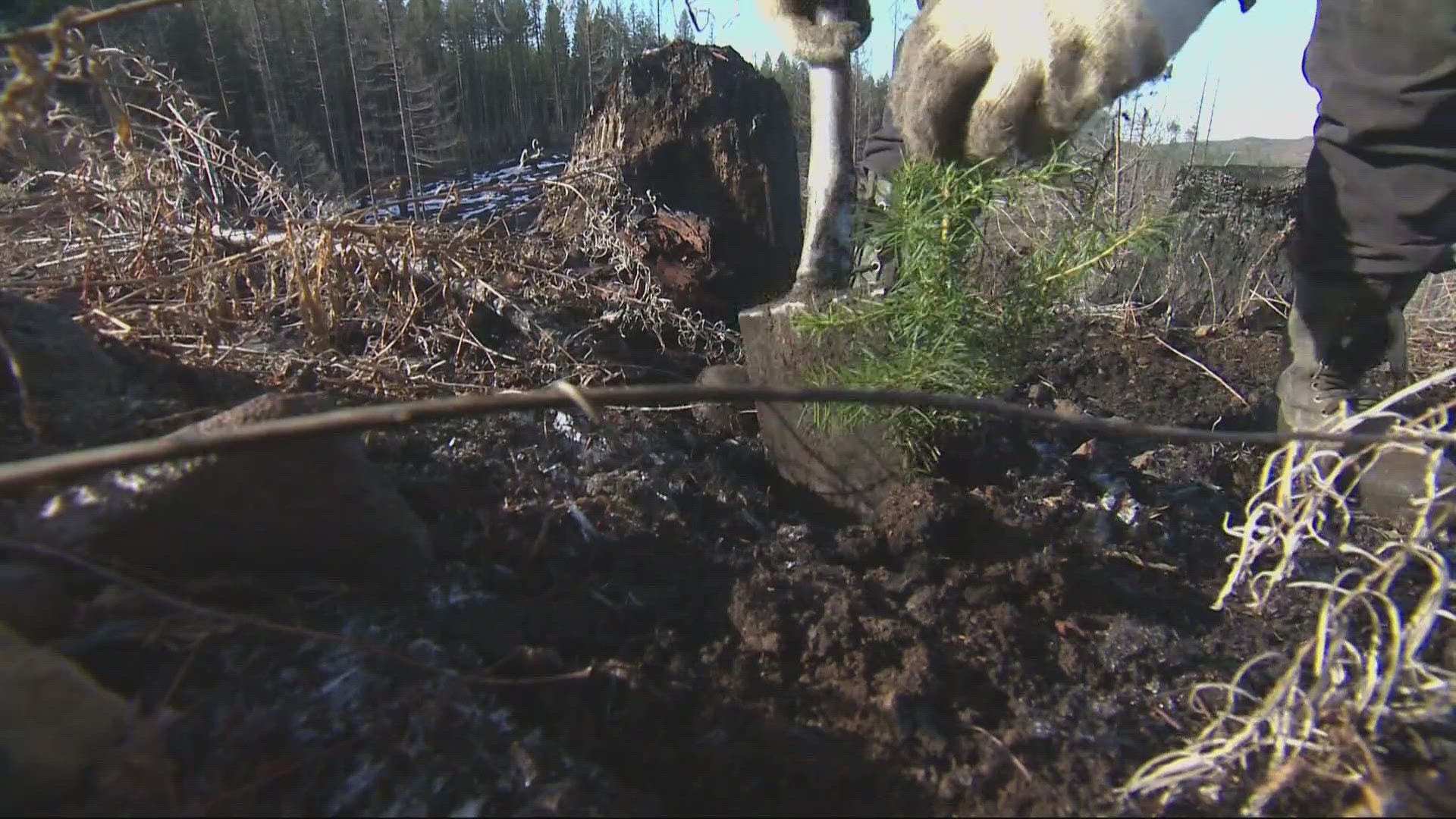PORTLAND, Ore. — Major investments in treatment for Portland's drinking water have finally brought down the risk of lead levels, according to the Portland Water Bureau. While lead is still being detected in impacted homes, it's now below the federal action level.
Lead isn't present in Portland's water supply to any significant degree, and the city prides itself in having clean, drinkable water that requires little in the way of treatment. But ironically, it's the purity of Portland's water that caused the lead issue — the water's naturally low pH and alkalinity lends itself to corrosion.
RELATED: Federal money is available to replace lead pipes, but Oregon and some other states aren't taking it
The city of Portland never used lead service lines, and the city says that all known lead service connectors were removed by 1998. However, a number of homes most commonly built between 1970 and 1985 used copper pipes with lead solder, and other homes have leaded brass faucets and other components. The corrosive water can leach lead from the solder and brass, causing it to be present in tap water to a potentially harmful degree.
Lead can cause serious health issues, particularly for children and pregnant women. It can damage the brain and kidneys, interfere with the production of red blood cells, and can cause intellectual disabilities in children. The metal accumulates in a person's bones, causing it to be released later in life.


City officials have known for years that there were issues with lead levels in water, and the water bureau has done at least some form of treatment since 1998. But water from a number of homes tested well above the Environmental Protection Agency's regulatory level for lead into 2020, finally prompting a $20.6 million investment in better corrosion control treatments for the city's water supply.
The new system came online in April 2022. By combining the water with soda ash and carbon dioxide at a treatment center, water bureau staff are able to adjust the water's pH and alkalinity in order to reduce its corrosiveness.
According to the water bureau's statement Thursday, the Oregon Health Authority has now confirmed that the treatments are "optimized" after multiple rounds of testing, bringing the bureau in compliance with EPA standards. The most recent tests of homes with leaded plumbing came in between 6.1 and 7.7 parts per billion, compared to the federal action level of 15 ppb.
“This is the realization of years of work and important investments to reduce our community’s risk associated with lead in home plumbing,” said Water Bureau Director Gabriel Solmer. “The test results show us that those investments are paying off.”
The Portland Water Bureau said it will continue to perform regular lead testing and work to inform residents of how to protect themselves and their families from lead. Free lead-in-water testing kits can be requested at the county's leadline.org web page.



